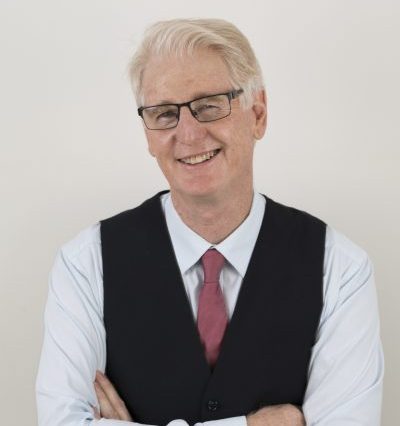Charles Darwin is often misquoted as saying evolution is the survival of the fittest. Not quite true. He actually said ‘It is not the strongest of the species that survive, nor the most intelligent, but the one most responsive to change.’ In other words, the creatures most suited to the current environment will be advantaged and reproduce.
The same is true in business. In New Zealand there has been a shift in the operating environment for physiotherapsts and some other health practitioners. The previous system where the government run accident insurance scheme provided full funding for physiotherapy consultations has now been modified and the agency only partly funds the cost of treatment. Many practices are now having to ask clients to actually pay some of the fee, for the first time ever. This is a huge environmental shift. And like the dinosaurs who couldn’t adapt after the planet was struck by a huge meteor, some practices in New Zealand have also perished.
Fundamental changes to the operating environment are not common, but change will always be in process. Some changes will be internal to your business (people, systems, technology), some external (suppliers, tax laws, HR regulations) and some will be environmental (think global financial crisis). Business that are strong and have systems and procedures often believe they are ‘change proof’. Just like a dinosaur.
Being able to recognise change (even before it arrives) and adapt to better suit the new environment will ensure your business survives and thrives. Being open to ideas, seeking new information, having a agile approach to opportunities and recognising that the old way may no longer be appropriate is a sign of competent leadership and proactive management.
Late in 2010 I was invited to New Zealand where I had the opportunity to speak to private physiotherapy practitioners in four major cities about the changes and suggest strategies to respond to them. Under the heading of my “Seven Deadly Sins of Business – and how to avoid them’ I shared my experience in business and the successes and stuff-ups I have generated. Got to love those stuff-ups – a lesson in every one of them.
Small and medium business is doing it tough globally. Even in health care we are competing for the discretionary spending of our clients. Any money they spend on clothes, holidays, skin care, domesting cleaning staff, etc is money they wont’ be bringing through the physiotherapists’ doors.
I like to think I offered value to those attending and helped them identify the current operating environment so they can adapt more quickly and completely. Each participant received a copy of ‘Book More Clients’ to help educate them and their staff in how to better convert, service and market to their clients in order to build a more resilient business model.
I look forward to returning to New Zealand in March 2011 with more targetted information and strategies to improve the agility, speed, efficiency and responsiveness of their businesses to the changes occurring within and around their businesses. Much of which I will also share with my online readers.
